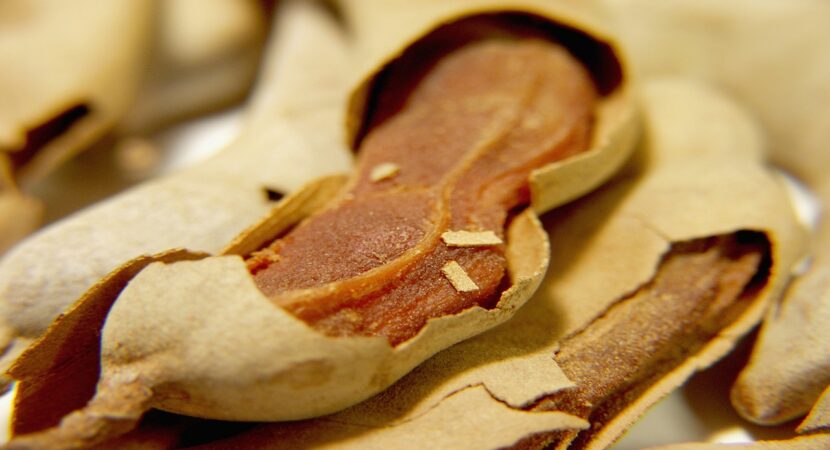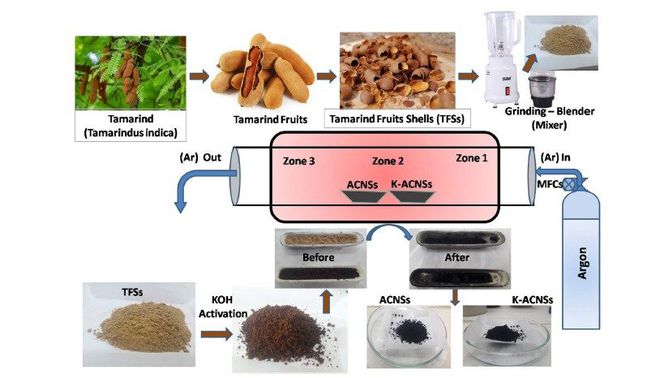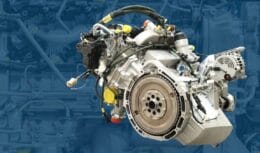
What if tamarind husks could generate energy? Believe me, this is possible through the studies of Scientists from Singapore, who managed to prove that the fruit peels can be used to produce batteries for electric cars
Scientists at the Nanyang Technological University, in Singapore, managed to prove the possibility of transforming tamarind peels, which is a great antioxidant, anti-inflammatory and rich in vitamins A, C and E, into batteries for electric cars. When processed, the shells, rich in carbon, turned into carbon nanosheets that can be used in the manufacture of supercapacitors, which are used by industry to build electricity storage cells.
Read other related news
Leader of the study with tamarind for electric cars speaks
According to Steve Cuong Dang, professor of electrical engineering who led the study, it was found that the performance of nanosheets from fruit peels can be compared to those made in an industrial way, with a porous structure and electrochemical properties.
Tamarind peels are often discarded during the food manufacturing process and because they are bulky and difficult to store, they take up a lot of space in landfills.
In addition to finding a new form of energy storage for electric car batteries, the researchers estimate that expanding the use of carbon nanosheets could reduce the environmental impact caused by the disposal of the husks as a by-product of food manufacturing processes.
Understand the process of creating nanosheets for electric car batteries

In order for the nanosheets to be created, the scientists washed and dried the peels at a temperature of 100ºC for approximately six hours. Without the presence of water, they were ground and turned into a powder, which was then baked in a furnace for two and a half hours at about 800º C.
In this process, oxygen is eliminated and the researchers were able to convert the material into thin sheets of carbon. As tamarind peels are porous and rich in this element by nature, they become ideal for making batteries for electric cars.
Carbon nanosheets and tamarind bark batteries
Carbon nanosheets are composed of carbon atoms arranged in interconnected hexagons, like a honeycomb, for example. The secret behind its energy-storing capabilities lies in its porous structure.
The researchers' idea now is to expand the studies so that the production of nanoleaves using tamarind peels increases. The plan is to establish a partnership with agricultural producers and also reduce the energy required in the manufacturing process, making the project more ecological.
The researchers also intend, in the future, to explore other types of fruit peels to build more efficient and cheaper energy storage devices.












